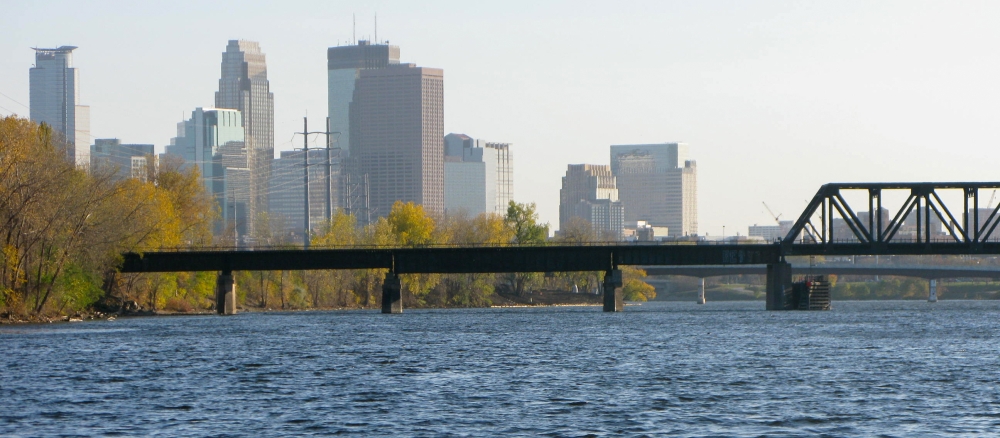The Mississippi provides a home for more than 400 different species of wildlife and plays a vital role in the upper Mississippi River valley. The river is also home to more than 100 different species of freshwater fish, which allows for some of the best fishing around, and is a major drinking water supply for the Twin Cities.
Of the impaired waters conventional pollutant listings about 70% are for nutrient-impaired lakes. The main factors affecting water quality are stormwater management, nutrient management on farmland and residential/commercial areas, sediment and erosion control, protection of shoreland/riparian areas, and invasive species (e.g., carp and curly-leaf pondweed). These land uses and other factors have contributed to the introduction of large amounts of phosphorus, sediment, and bacteria to surface waters and increased nutrient, contaminant, and sedimentation loading from stormwater runoff from development and other non-point sources.
The MPCA, along with its partners, are working to restore and protect the surface waters within this watershed through the implementation of best management practices and other actions. The 10-year watershed cycle for the Mississippi River - Twin Cities watershed began in 2010.
Monitoring and assessment
Strategy development for restoration and protection
See all approved TMDLs and WRAPS in the Mississippi River - Twin Cities Watershed
More information
- Bassett Creek Watershed Management Commission
- Minneapolis Park and Recreation Board
- Three Rivers Park District
- Capitol Region Watershed District
- Coon Creek Watershed District
- Lower Mississippi River Watershed Management Organization
- Elm Creek Watershed Management Commission
- Minnehaha Creek Watershed District
- Mississippi Watershed Management Organization (MWMO)
- Pioneer-Sarah Creek Watershed Management Commission
- Lake Sarah Improvement Association
- Ramsey-Washington Metro Watershed District
- Rice Creek Watershed
- Shingle Creek Watershed Management Commission
- Vadnais Lake Area Water Management Organization
